Preface
Contents
1 Modeling and Estimation of Signal-Dependent and Correlated Noise
1.1 Introduction: Acquisition Devices and Noise Sources
1.2 Additive White Gaussian Noise
1.3 Raw Image Dataset
1.4 One-Parameter Families of Distributions
1.4.1 Poisson Noise and Poisson Family of Distributions
1.4.2 Scaled Poisson Distribution Family
1.4.3 Poisson–Gaussian Noise
1.4.4 Gaussian Approximation of the Poisson Distribution
1.4.5 Signal-Dependent Heteroskedastic Gaussian Models
1.4.6 Doubly Censored Heteroskedastic Gaussian Noise: A Model for Clipped Noisy Data
1.5 Estimation of the Standard Deviation Curve
1.5.1 Patch-Based Methods
1.5.2 Segmentation-Based Methods
1.5.3 Alternative Approaches
1.6 Correlated Noise
1.6.1 Stationary Correlated Noise
1.6.2 Correlated Signal-Dependent Noise model
1.6.3 Estimation
1.7 Photo-Response Nonuniformity
1.8 Conclusions
References
2 Sparsity-Based Denoising of Photographic Images: From Model-Based to Data-Driven
2.1 Introduction
2.2 Image Denoising via Local Sparsity Models: From Sparsifying Transform to Dictionary Learning
2.2.1 Transform-Based Image Denoising
2.2.2 Image Denoising via Dictionary Learning
2.3 Image Denoising via Nonlocal Sparsity Models: Beyond BM3D
2.3.1 Image Denoising via Clustering-Based Sparse Representation (CSR)
2.3.2 Simultaneous Sparse Coding with Low-Rank Approximation
2.3.3 Simultaneous Sparse Coding with Gaussian Scalar Mixture (GSM)
2.4 Learning-Based Image Denoising: Heavy Noise and Deep Learning
2.4.1 Learning Parametric Sparse Models for Heavy Noise Removal
2.4.2 Learning Denoising Prior in Deep Convolutional Neural Network
2.5 Conclusions
References
3 Image Denoising—Old and New
3.1 Introduction
3.2 Denoising as Statistical Inference and MAP Estimation
3.3 Variational Image Denoising Methods
3.3.1 Total Variation (TV)-Based Image Regularization
3.3.2 Generalizations: Vectorial TV, Total Generalized Variation
3.3.3 Nonconvex Regularizers
3.3.4 Non-local Regularization
3.3.5 A Discussion Within Classical Denoising Methods
3.4 Learning-Based Denoising Methods
3.5 Combining Learning and Variational Methods
3.5.1 Lacking Flexibility
3.5.2 Learning the Regularizer
3.5.3 Developing Network Architectures from Optimization Methods
3.5.4 Algorithmic Schemes Based on Learned Proximal Operators
3.6 Numerical Experiments: Denoising by Denoising?
3.6.1 Different Noise Types and Algorithmic Schemes
3.6.2 Handling Constraints
3.7 Conclusions
References
4 Convolutional Neural Networks for Image Denoising and Restoration
4.1 Introduction
4.1.1 Recent Advances
4.2 Learning Deep CNN for Image Denoising
4.2.1 Architecture Design: DnCNN
4.2.2 Residual Learning and Batch Normalization
4.2.3 Connection with TNRD
4.2.4 Understanding the CNN Modeling Capacity
4.2.5 Implementation and Experiments
4.3 CNN for Fast and Flexible Image Denoising
4.3.1 Network Architecture: FFDNet
4.3.2 Taking Noise Level as CNN Input
4.3.3 Single Non-blind Model Versus Single Blind Model
4.3.4 Denoising on Subimages
4.3.5 Dataset Generation and Network Training
4.3.6 Experiments on Synthetic and Real Images
4.3.7 Running Time
4.4 CNN Denoiser Prior Based Image Restoration
4.4.1 Half Quadratic Splitting Algorithm
4.4.2 CNN Denoisers and Parameter Setting
4.4.3 Image Deblurring
4.4.4 Single Image Super-Resolution
4.4.5 Image Inpainting
4.5 Challenges and Possible Solutions
References
5 Gaussian Priors for Image Denoising
5.1 Introduction
5.2 What Is Encoded in Gaussian and GMM Priors?
5.3 How to Derive Estimators Under Gaussian and GMM Priors
5.3.1 Estimation with Gaussian Priors
5.3.2 Estimation with Gaussian Mixture Models
5.3.3 Other Estimation Strategies
5.4 From Patches to Images: Aggregation Procedures
5.5 Inference of Gaussian and GMM Priors
5.5.1 Gaussian Models
5.5.2 How to Group Patches to Infer Gaussian Priors?
5.5.3 Inference for Gaussian Mixture Models
5.5.4 Inference in High Dimension
5.6 Discussion and Conclusion
References
6 Internal Versus External Denoising—Benefits and Bounds
6.1 Introduction
6.2 On the Preference of Local Denoising
6.2.1 Internal Local Versus Global Denoising
6.2.2 Internal Local Versus External Denoising
6.2.3 Patch Signal-to-Noise Ratio (PatchSNR) and Its Implication on Internal Versus External Preference
6.3 Noise Overfitting
6.4 The Impact of Deep Learning on Denoising and Their Bounds
References
7 Patch-Based Methods for Video Denoising
7.1 Introduction
7.2 Image Denoising
7.2.1 White Noise Removal
7.3 White Noise Removal in Video Sequences
7.3.1 Introduction
7.3.2 Patch Selection Criteria
7.3.3 Patch Denoising
7.3.4 Brief Comparison
7.4 Real Noise Removal
7.4.1 Introduction
7.4.2 Temporal Estimation for Signal-Dependent Noise
7.4.3 Real Video Denoising Chain
7.4.4 Experimentation and Comparison
7.5 Conclusion
References
8 Image and Video Noise: An Industry Perspective
8.1 Overview
8.2 Noise in the Image Processing Pipeline
8.2.1 From Scene to Sensor
8.2.2 From Sensor to Rendered Image
8.2.3 Fixed-Pattern Noise
8.2.4 Transmission and Rendering
8.3 Measuring Noise in Images
8.3.1 Classifying Image Noise/Difference/Quality Metrics
8.3.2 Commonly Used Metrics in Industry Applications
8.3.3 Standards Related to Noise Measurement
8.4 Conclusion
References
9 Noise Characteristics and Noise Perception
9.1 Beyond Standard Noise Models: Noise and Denoising in a Real Camera Processing Pipeline
9.2 Camera Processing Pipeline: From Sensor Data to Monitor-Ready Image Data
9.3 Camera Noise Characteristics
9.4 Camera Noise in the Processing Pipeline
9.5 Local Correlation Introduced with Debayering
9.6 Influence on Denoising
9.7 Visual Perception of Spatially Correlated Noise
9.8 Noise Perception in Videos
9.8.1 Related Work
9.8.2 Noise Visibility Test
9.8.3 Results
9.8.4 Discussion
9.9 Summary and Conclusion
References
10 Pull-Push Non-local Means with Guided and Burst Filtering Capabilities
10.1 Introduction
10.2 Related Work
10.2.1 Overview of Pull-Push
10.2.2 Overview of NLM
10.3 Pull-Push NLM
10.3.1 Pull Stage: Downfuse
10.3.2 Push Stage: Upfuse
10.3.3 Per-Level Patch Variance Reduction
10.3.4 Selective Up-Integration Using Reliability
10.4 Joint Pull-Push Non-local Means
10.5 Burst Processing
10.5.1 Processing of Burst Frames Without Explicit Motion Compensation
10.5.2 Simultaneous NLM and Motion Compensation Using the Pull-Push Framework
10.6 Experimental Results
10.6.1 Pull-Push NLM Experiments
10.6.2 Joint Pull-Push NLM Experiments
10.6.3 Burst Processing Experiments
10.7 Conclusion
References
11 Three Approaches to Improve Denoising Results that Do Not Involve Developing New Denoising Methods
11.1 Introduction
11.2 Denoise a Transform of an Image Instead of the Image Itself
11.2.1 Image Decomposition in a Moving Frame
11.2.2 Application to Image Denoising
11.2.3 The Noise Level Is Higher on the Intensity Values of a Gray-Level Image Than on Its Components in a Well-Chosen Moving Frame
11.2.4 Experiments
11.2.5 Research Avenue to Explore
11.3 Have a Proper Noise Model
11.3.1 An Image Database with Clean and Noisy Versions of Photos in RAW and Nonlinear Camera Output Versions
11.3.2 Ranking Denoising Algorithms: AWG Noise Versus Realistic Noise Model
11.3.3 Comparing Local Denoising on DRAW Versus Nonlocal Denoising on Camera Output
11.3.4 Research Avenue to Explore
11.4 Optimize Denoising Methods According to Perceived Quality of Results
11.4.1 Experiments
11.4.2 Research Avenue to Explore
11.5 Conclusion
References
Index

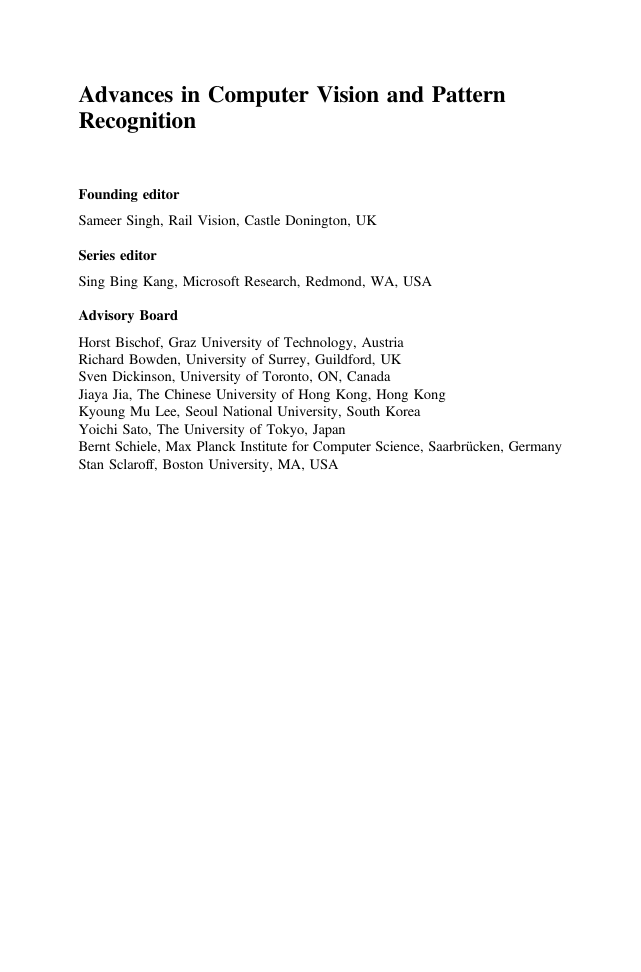

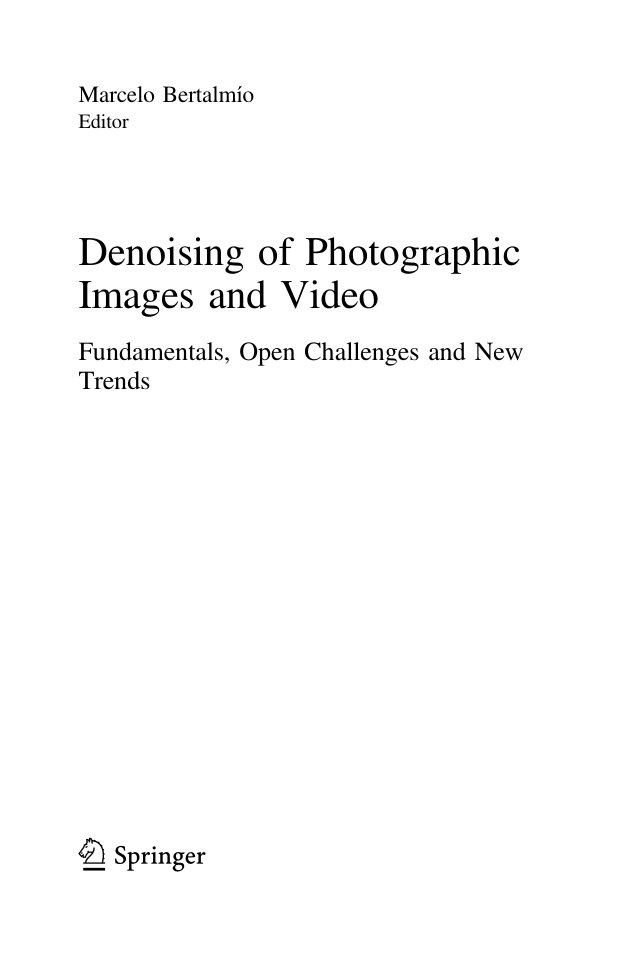
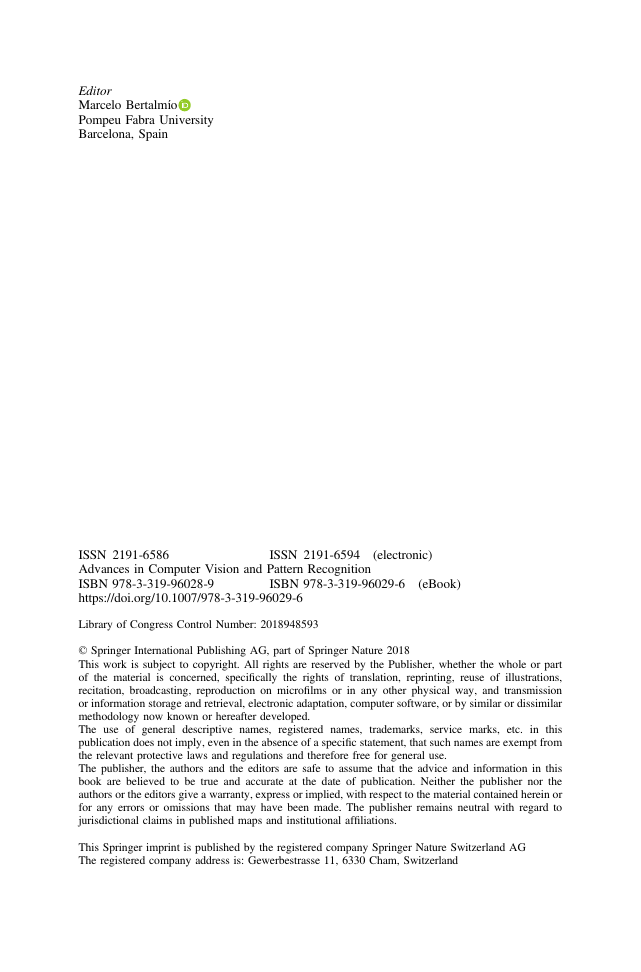
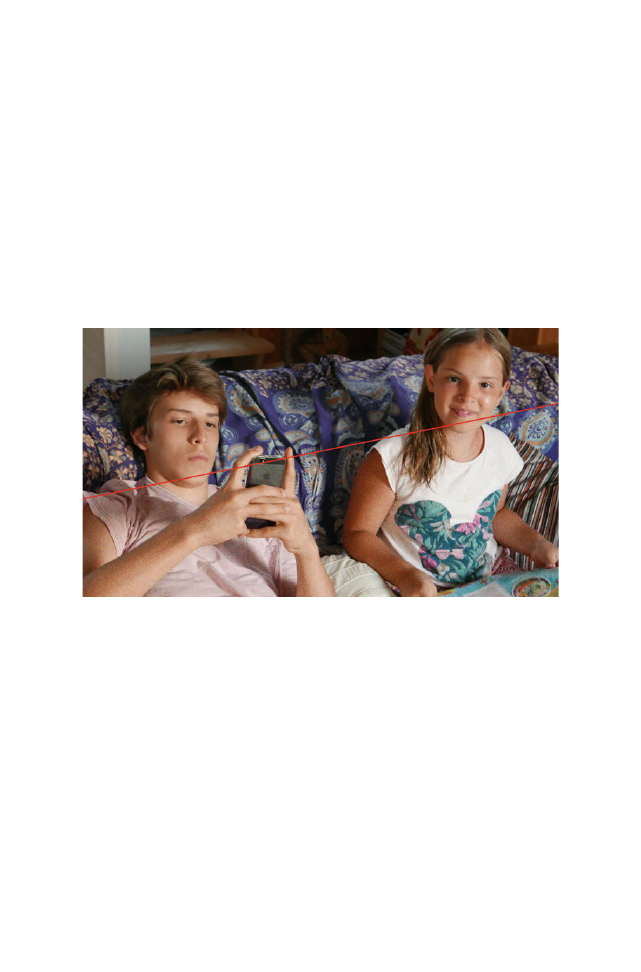
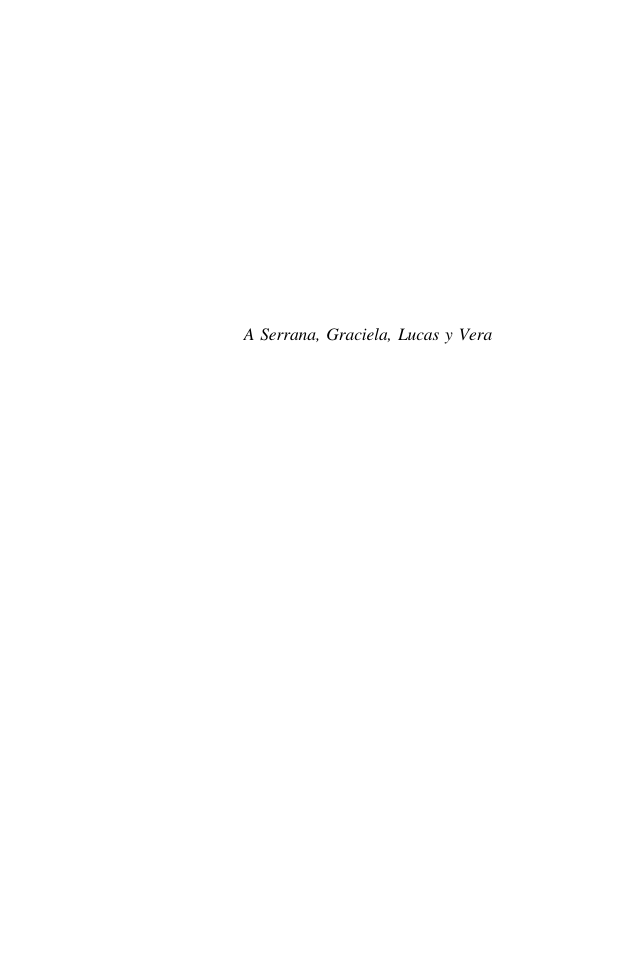









 2023年江西萍乡中考道德与法治真题及答案.doc
2023年江西萍乡中考道德与法治真题及答案.doc 2012年重庆南川中考生物真题及答案.doc
2012年重庆南川中考生物真题及答案.doc 2013年江西师范大学地理学综合及文艺理论基础考研真题.doc
2013年江西师范大学地理学综合及文艺理论基础考研真题.doc 2020年四川甘孜小升初语文真题及答案I卷.doc
2020年四川甘孜小升初语文真题及答案I卷.doc 2020年注册岩土工程师专业基础考试真题及答案.doc
2020年注册岩土工程师专业基础考试真题及答案.doc 2023-2024学年福建省厦门市九年级上学期数学月考试题及答案.doc
2023-2024学年福建省厦门市九年级上学期数学月考试题及答案.doc 2021-2022学年辽宁省沈阳市大东区九年级上学期语文期末试题及答案.doc
2021-2022学年辽宁省沈阳市大东区九年级上学期语文期末试题及答案.doc 2022-2023学年北京东城区初三第一学期物理期末试卷及答案.doc
2022-2023学年北京东城区初三第一学期物理期末试卷及答案.doc 2018上半年江西教师资格初中地理学科知识与教学能力真题及答案.doc
2018上半年江西教师资格初中地理学科知识与教学能力真题及答案.doc 2012年河北国家公务员申论考试真题及答案-省级.doc
2012年河北国家公务员申论考试真题及答案-省级.doc 2020-2021学年江苏省扬州市江都区邵樊片九年级上学期数学第一次质量检测试题及答案.doc
2020-2021学年江苏省扬州市江都区邵樊片九年级上学期数学第一次质量检测试题及答案.doc 2022下半年黑龙江教师资格证中学综合素质真题及答案.doc
2022下半年黑龙江教师资格证中学综合素质真题及答案.doc